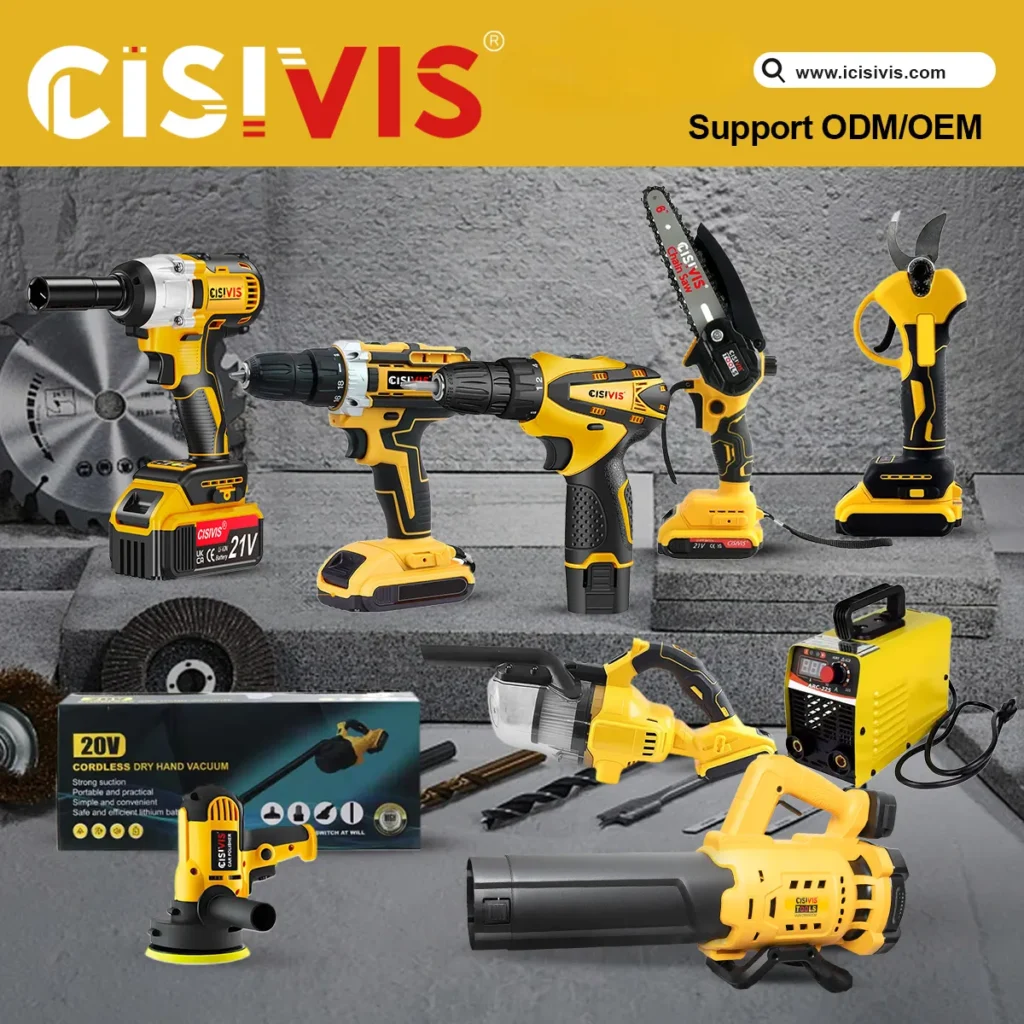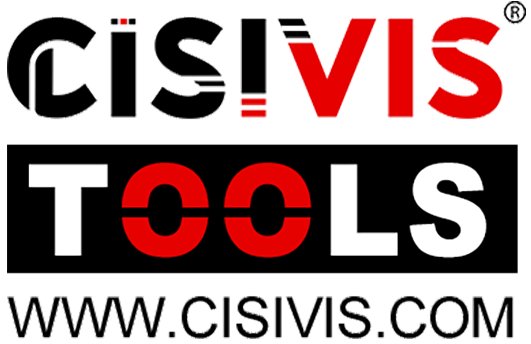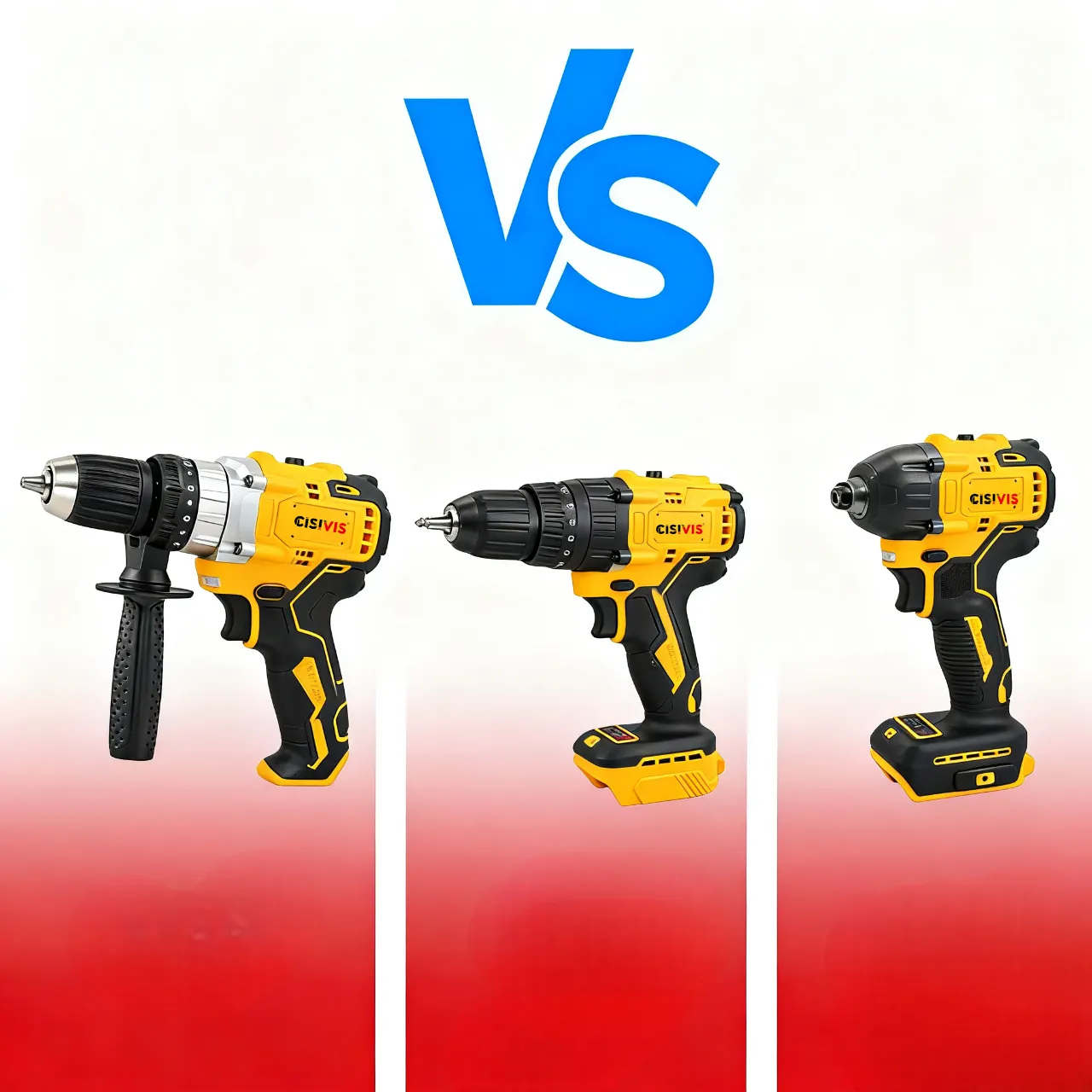Impact Driver vs Drill Driver vs Hammer Drill — How to Choose the Right Tool for Your Job Leave a comment
Impact Driver vs Drill Driver vs Hammer Drill –Definitions & Market Overview
If you’re entering the world of power tools, you’ll often encounter three main types: the impact driver, drill driver, and hammer drill. Here, we’ll define each and examine the latest technology and market trends for impact driver vs drill driver vs hammer drill.
Impact Driver: A tool designed mainly for driving screws and fasteners. It delivers rotational force plus quick bursts of torque (impacts) when resistance increases.
Drill Driver (often just “drill” or “drill/driver”): A more general purpose tool for drilling holes in wood, metal, plastic, and driving screws. It typically rotates the bit and may include a clutch for screw-driving.
Hammer Drill: A drill that adds a forward hammering action (percussion) to help drill into hard materials like concrete, brick or masonry. The bit both rotates and pulses forward rapidly.
Market & technology trends:
- The global power-tools market (which includes drills, drivers, etc.) was estimated at about US$39.5 billion in 2024, and is projected to reach around US$45.5 billion in coming years.
- Specifically, the global drill/driver market is expected to grow by a CAGR of about 7.4% from 2025-2029.
- For hammer-type drills (often called rotary hammer drills) the market is forecasted to grow; one report says it was valued at ~US$1.69 billion in 2024 and will reach ~US$2.29 billion by 2031 (CAGR ~3.84 %).
What does this mean? It means:
- More cordless/battery-powered models (mobility is key)
- Brushless motors, better electronics, more features for DIY and professionals
- Growing DIY/home-improvement segment, as well as professional construction demand
- The differences among these tools are increasingly important to understand so you pick the right one for your job.
Impact Driver vs Drill Driver vs Hammer Drill – Direct Comparison
Now let’s compare them side by side in practical terms: performance, suitable applications, price, and then we’ll conclude when to choose which.
| Tool Type | Performance / Strengths | Good For (Suitability) | Typical Price & Considerations |
|---|---|---|---|
| Impact Driver | High torque bursts; excellent for driving screws/fasteners especially large or long ones; less likely to cam-out (slip) when driving screws. Slightly less suited for precision drilling of large holes. | Driving screws into wood, metal, decking, framing, fastening tasks like lag bolts, structural screws, etc. Not the best for drilling large holes in masonry. | Price can vary widely; as a rule, they cost more than a basic drill driver, especially if cordless and brushless. |
| Drill Driver | Versatile tool: good for drilling holes in wood/metal/plastic, and driving screws. Less specialized torque than an impact driver, but more general. | Home use, general carpentry, furniture assembly, drilling lighter gauge metal or wood, smaller screws/fasteners. | Generally the most economical option for general purpose. Great value for many users. |
| Hammer Drill | Adds a hammering action (percussion) to rotate + hammer the bit – can penetrate masonry, concrete, brick much more effectively than a standard drill. | Drilling into concrete block, brick walls, stone, anchoring bolts in masonry, renovation or construction where masonry is involved. | These tend to be more expensive (because of the added hammer mechanism), may be heavier or bulkier. |
When to Choose Between Impact Driver vs Drill Driver vs Hammer Drill?
- Choose an impact driver when your main job is driving screws or fasteners — especially long or large ones — and you need strong torque and speed with less effort.
- Choose a drill driver when you need a general purpose tool for drilling holes (in wood/metal/plastic) and driving screws, and you don’t expect to hit a lot of masonry or require ultra-high torque.
- Choose a hammer drill when you are working with masonry, brick, concrete, block — when regular drilling won’t do or will be very slow and wear the bit/tool.
More Detailed Advice on Impact Driver vs Drill Driver vs Hammer Drill:
- If you are mostly doing home or beginner DIY tasks — hanging shelves, building wood furniture, drilling into wall studs — a drill driver might suffice and be cost-effective.
- If you are doing framing, decking, installing long lag bolts or structural fasteners, an impact driver will save effort and do a better job.
- If you are drilling anchor bolts into masonry, installing into concrete or block, or doing renovation in a building with masonry walls — definitely go for a hammer drill (or even a rotary hammer if heavy duty).
- Also consider features: cordless vs corded, battery voltage, brushless motor, clutch settings, etc. As one buying-guide points out, tools vary in price from about US$40 to several hundred depending on features.

Common Questions & Myths About Impact Driver vs Drill Driver vs Hammer Drill
Here are some frequently asked questions (and answers) in plain English.
Q1: Can I use a hammer drill bit (meant for masonry) as if it were a regular drill bit for brick or general wood drilling?
- A hammer-drill bit is typically designed for masonry (brick, concrete). While you can sometimes use it for other materials, it may not be ideal. When drilling wood or metal, the hammering action is unnecessary and may damage the bit or produce poor results (rough holes, faster wear). So if you have a hammer drill bit set, switch off the hammer-mode for wood/metal drilling.
- Also: If the material is not very hard (e.g., soft brick, drywall) the hammer mode may blow out too much or make a mess.
Q2: When is it not appropriate to use a hammer drill (or when should you avoid hammer mode)?
- If you are drilling in wood, plastic, soft metal — you should switch off the hammering action (many hammer drills have a mode switch: drill only vs hammer + drill). Using hammer mode in soft material can cause rough holes, less control, more vibration.
- If the bit is not designed for hammering or the tool is not meant for masonry — you may over-wear the bit or damage the tool.
- If the space is tight, you need precision, or you are in drywall/wood stud — standard drill driver is better.
Q3: What kind of brick or masonry is best for drilling?
- Generally solid bricks are easier than very hard stone or dense concrete blocks. For example: “soft brick” or standard house brick will be easier to drill than heavy engineered block or reinforced concrete.
- If the brick is very brittle, you may need to use a smaller bit or take care not to blow out the back side.
- For anchor bolts, always check if the substrate is concrete, block, brick, or drywall — and pick the tool accordingly.
Q4: What can an impact driver not do (or what should you avoid using an impact driver for)?
- An impact driver is not ideal for drilling large diameter holes (especially in wood or metal) where you need a clean, precise hole; a drill driver or specific hole saw drill may be better.
- Also, if you need polishing or drilling in delicate materials or fine woodworking (where rotational speed and accuracy matter more than brute torque), a standard drill driver may be better.
- Driving very fine screws or in delicate surfaces may require more control than an impact driver gives.
Summary
To sum up, understanding the key differences in impact driver vs drill driver vs hammer drill will help you choose the right tool for your project, reduce frustration, and save both time and money.
- Use a drill driver for general everyday drilling and screw-driving.
- Use an impact driver when you need greater torque for driving screws/fasteners, especially in tougher conditions.
- Use a hammer drill when you face masonry, brick, concrete or heavy-duty drilling in hard materials.
At Cisivis, we offer a line of cordless finish tools (including brushless finish nail guns) but also accessories and compatible power tool systems. We support OEM and ODM production: for example, you can customize features like a digital battery-level display (which you may include or omit based on price), battery configuration, branding and packaging. If you’re in the market for a reliable tool partner, feel free to contact us.



